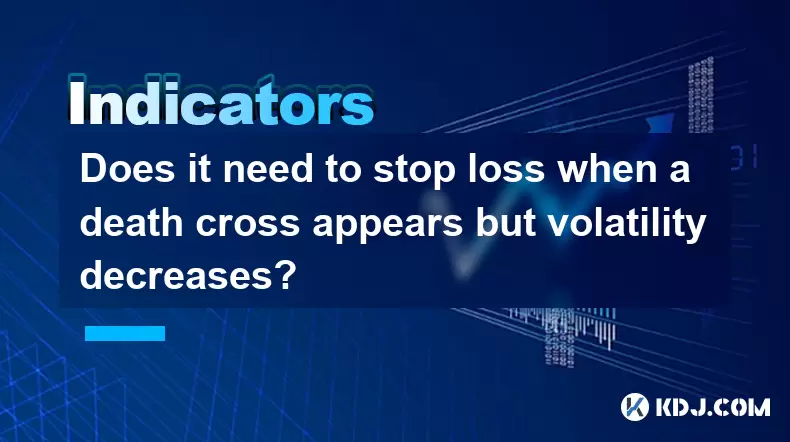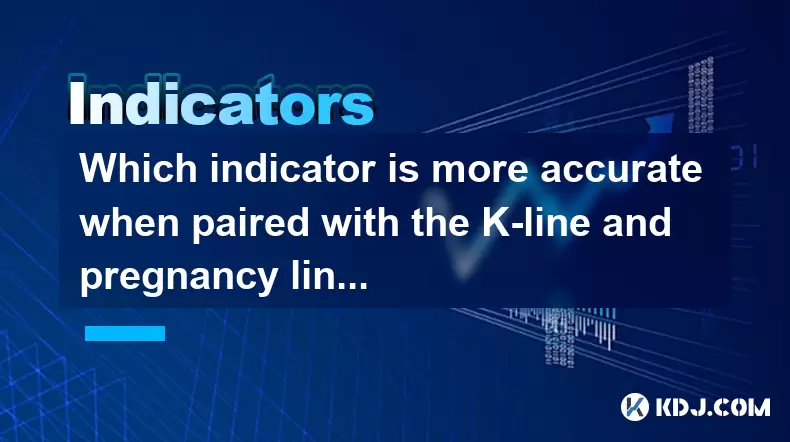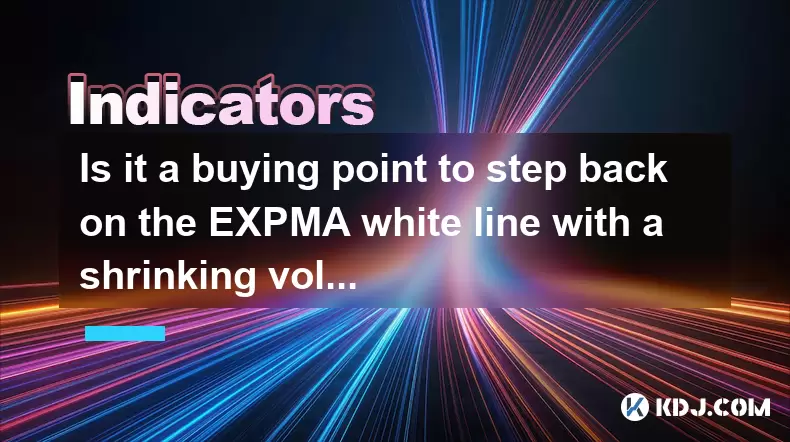-
 Bitcoin
Bitcoin $119300
1.07% -
 Ethereum
Ethereum $3730
3.87% -
 XRP
XRP $3.235
0.29% -
 Tether USDt
Tether USDt $1.000
0.00% -
 BNB
BNB $783.5
1.88% -
 Solana
Solana $188.7
0.25% -
 USDC
USDC $0.0000
-0.01% -
 Dogecoin
Dogecoin $0.2399
-0.44% -
 TRON
TRON $0.3157
2.37% -
 Cardano
Cardano $0.8254
1.94% -
 Hyperliquid
Hyperliquid $42.83
0.14% -
 Stellar
Stellar $0.4372
3.21% -
 Sui
Sui $3.859
4.91% -
 Chainlink
Chainlink $18.53
3.53% -
 Hedera
Hedera $0.2464
0.01% -
 Bitcoin Cash
Bitcoin Cash $519.8
2.46% -
 Avalanche
Avalanche $24.24
2.17% -
 Litecoin
Litecoin $113.7
0.73% -
 UNUS SED LEO
UNUS SED LEO $8.990
0.30% -
 Shiba Inu
Shiba Inu $0.00001390
0.21% -
 Toncoin
Toncoin $3.188
1.49% -
 Ethena USDe
Ethena USDe $1.001
0.02% -
 Polkadot
Polkadot $4.090
-0.91% -
 Uniswap
Uniswap $10.40
4.08% -
 Monero
Monero $326.6
3.12% -
 Bitget Token
Bitget Token $4.627
-0.42% -
 Pepe
Pepe $0.00001281
0.76% -
 Dai
Dai $1.000
0.01% -
 Aave
Aave $291.6
0.98% -
 Cronos
Cronos $0.1269
7.26%
Does it need to stop loss when a death cross appears but volatility decreases?
A death cross in crypto signals potential bearish trends, but low volatility afterward may indicate consolidation—adjust stop losses accordingly.
Jun 29, 2025 at 02:49 am

Understanding the Death Cross in Cryptocurrency Trading
In cryptocurrency trading, a death cross is a technical indicator that occurs when a short-term moving average (such as the 50-day) crosses below a long-term moving average (such as the 200-day). This pattern is generally interpreted as a bearish signal, suggesting that the asset may experience further downward movement. Traders often view this as a potential time to exit positions or implement protective measures like stop loss orders.
However, not all death crosses lead to prolonged downtrends. Sometimes, after a death cross forms, market volatility decreases, which can confuse traders about whether they should still use stop losses. Understanding how to interpret this combination of signals requires deeper analysis.
The key takeaway here is that while a death cross typically indicates a bearish trend, low volatility following it might suggest consolidation rather than a strong downtrend.
The Role of Stop Loss Orders in Risk Management
A stop loss order is an essential tool for managing risk in cryptocurrency trading. It automatically closes a position when the price reaches a specified level, helping traders limit potential losses. In highly volatile markets like crypto, where prices can swing dramatically within minutes, using stop loss orders is considered a best practice.
When a death cross appears, many traders instinctively place or tighten their stop losses to protect against further downside. However, if volatility is decreasing at the same time, the market might not move enough to trigger the stop loss, or it could move sideways instead of continuing downward.
This raises an important question: should you still set a stop loss if the market is consolidating after a death cross?
Analyzing Low Volatility After a Death Cross
Low volatility after a death cross can indicate several things:
- The market is entering a consolidation phase
- Sellers are exhausted and no new major sell-off is occurring
- Institutional investors may be accumulating during this period
In such scenarios, placing a traditional stop loss might not be optimal. If the price isn't moving significantly, a tight stop loss could get triggered by minor fluctuations, leading to premature exits from potentially profitable trades.
Instead of relying solely on technical indicators like the death cross, traders should also consider other metrics such as volume, order book depth, and macroeconomic factors to determine whether the lack of volatility is temporary or part of a larger trend.
- Check if trading volume has declined along with volatility
- Observe whether support levels are holding despite the death cross
- Analyze broader market sentiment and news events
Adjusting Stop Loss Strategy Based on Market Conditions
Rather than applying a rigid approach, traders should adapt their stop loss strategy based on current market conditions. When a death cross appears alongside declining volatility, there are several alternative approaches:
- Use a volatility-adjusted stop loss, which considers the current range of price movements
- Place wider stops to avoid being stopped out prematurely
- Monitor for a breakout or breakdown before re-entering a trade
Some traders prefer to wait for confirmation of a trend continuation before setting a stop loss. For example, if the price breaks below a key support level after a death cross, it might justify tightening the stop loss again.
It’s crucial to remember that stop losses are not one-size-fits-all tools—they should be tailored to each market environment.
Practical Steps for Implementing Stop Losses in This Scenario
If you're considering placing a stop loss after a death cross and notice reduced volatility, follow these steps:
- Step 1: Assess recent price action—has the asset been bouncing between defined support and resistance levels?
- Step 2: Evaluate the Average True Range (ATR) to gauge how much movement is typical under current conditions
- Step 3: Set your stop loss beyond the most recent swing low or high, depending on your position
- Step 4: Consider using a trailing stop if the price starts to move in your favor after consolidation
- Step 5: Reassess your stop loss placement periodically based on updated volatility metrics
By taking these steps, traders can better align their risk management strategy with real-time market dynamics.
Frequently Asked Questions
Q: What does a death cross imply for long-term investors?
A: For long-term holders, a death cross might serve as a warning sign but doesn’t necessarily mean selling is required immediately. Many assets recover from such signals over time, especially if fundamentals remain strong.
Q: Can a death cross occur during an uptrend?
A: Yes, though it's rare. A death cross typically appears during a downtrend, but in choppy or sideways markets, it can form temporarily even if the overall trend remains bullish.
Q: How reliable is the death cross compared to other technical indicators?
A: While widely followed, the death cross isn't foolproof. It works best when combined with other tools like RSI, MACD, or volume analysis to confirm trends and reduce false signals.
Q: Should I remove my stop loss entirely if volatility drops?
A: No, removing a stop loss completely exposes you to unlimited downside risk. Instead, adjust its placement to reflect current market conditions without eliminating it altogether.
Disclaimer:info@kdj.com
The information provided is not trading advice. kdj.com does not assume any responsibility for any investments made based on the information provided in this article. Cryptocurrencies are highly volatile and it is highly recommended that you invest with caution after thorough research!
If you believe that the content used on this website infringes your copyright, please contact us immediately (info@kdj.com) and we will delete it promptly.
- TRON, Crypto Payroll, and Stablecoins: A New York Minute on the Future of Finance
- 2025-07-25 08:30:11
- WazirX, Revote, and Crypto Unlock: A New York Minute on the Latest Developments
- 2025-07-25 06:50:11
- Hong Kong Stablecoin Regulation: Navigating the Hype and Hurdles
- 2025-07-25 08:30:11
- Bitcoin LTHs, CDD Ratio, and Distribution: What's the Deal?
- 2025-07-25 08:50:12
- Satoshi-Era Bitcoin Whale Awakens: $469 Million in BTC on the Move
- 2025-07-25 06:30:11
- TIA Tokens, Crypto Shift & Ripple Effect: What's the Deal?
- 2025-07-25 07:10:11
Related knowledge

Should I go all in when DIF crosses DEA?
Jul 25,2025 at 12:42am
Understanding DIF and DEA in MACD AnalysisWhen traders analyze DIF and DEA in the context of the Moving Average Convergence Divergence (MACD) indicato...

Should I go all in when the upper edge of the box is broken?
Jul 25,2025 at 01:50am
Understanding the 'Box' in Cryptocurrency Price ChartsThe term 'box' in cryptocurrency trading typically refers to a price consolidation range where t...

Should I go all in when the parabolic turning signal appears?
Jul 25,2025 at 06:36am
Understanding the Parabolic Turning Signal in Crypto TradingThe parabolic turning signal is a technical indicator derived from the Parabolic SAR (Stop...

Should I follow up with a full position when the trading volume suddenly increases?
Jul 25,2025 at 12:28am
Understanding Sudden Increases in Trading VolumeA sudden spike in trading volume often signals heightened market activity and can indicate that new in...

Which indicator is more accurate when paired with the K-line and pregnancy line combination?
Jul 25,2025 at 05:43am
Understanding the K-Line and Pregnancy Line CombinationThe K-line, also known as the Japanese candlestick chart, is a foundational tool in technical a...

Is it a buying point to step back on the EXPMA white line with a shrinking volume?
Jul 25,2025 at 08:56am
Understanding the EXPMA Indicator and Its White LineThe Exponential Moving Average (EXPMA) is a technical analysis tool widely used in cryptocurrency ...

Should I go all in when DIF crosses DEA?
Jul 25,2025 at 12:42am
Understanding DIF and DEA in MACD AnalysisWhen traders analyze DIF and DEA in the context of the Moving Average Convergence Divergence (MACD) indicato...

Should I go all in when the upper edge of the box is broken?
Jul 25,2025 at 01:50am
Understanding the 'Box' in Cryptocurrency Price ChartsThe term 'box' in cryptocurrency trading typically refers to a price consolidation range where t...

Should I go all in when the parabolic turning signal appears?
Jul 25,2025 at 06:36am
Understanding the Parabolic Turning Signal in Crypto TradingThe parabolic turning signal is a technical indicator derived from the Parabolic SAR (Stop...

Should I follow up with a full position when the trading volume suddenly increases?
Jul 25,2025 at 12:28am
Understanding Sudden Increases in Trading VolumeA sudden spike in trading volume often signals heightened market activity and can indicate that new in...

Which indicator is more accurate when paired with the K-line and pregnancy line combination?
Jul 25,2025 at 05:43am
Understanding the K-Line and Pregnancy Line CombinationThe K-line, also known as the Japanese candlestick chart, is a foundational tool in technical a...

Is it a buying point to step back on the EXPMA white line with a shrinking volume?
Jul 25,2025 at 08:56am
Understanding the EXPMA Indicator and Its White LineThe Exponential Moving Average (EXPMA) is a technical analysis tool widely used in cryptocurrency ...
See all articles

























































































